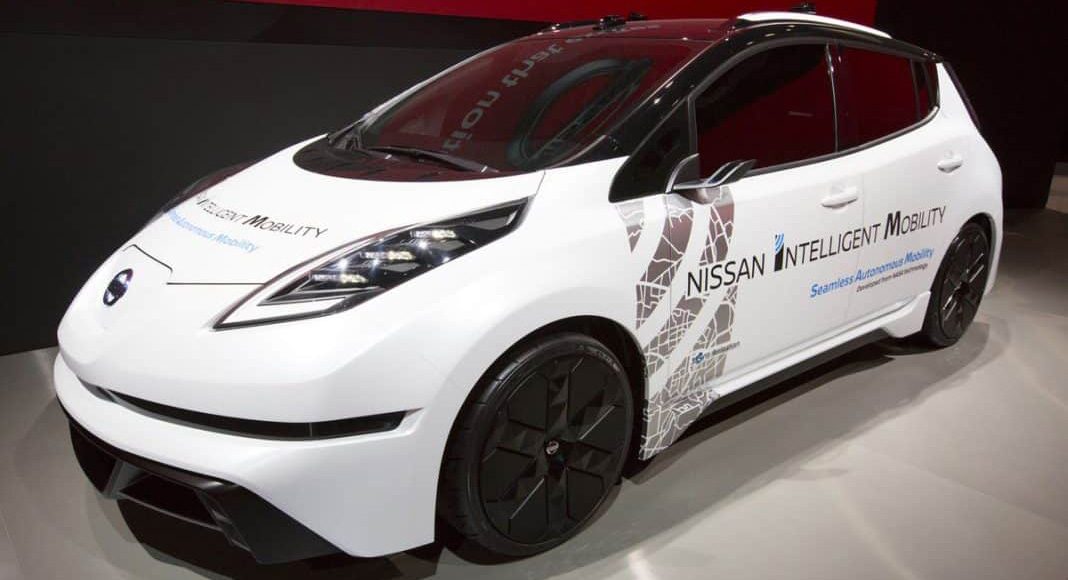Many automobile manufacturers have plans for autonomous cars, and several have indicated what we might expect when driverless cars become an everyday reality.
Now, Nissan has revealed details of its ‘Seamless Autonomous Mobility’ system, otherwise referred to as ‘SAM’.
Nissan says SAM will ensure a seamless mobility system in which millions of autonomous cars can operate safely and smoothly. And that SAM can help cars to navigate unforeseen situations that occur on city streets, such as collisions, road construction, or other obstacles.
With SAM, the autonomous vehicle becomes smart enough to know when it should not attempt to negotiate a problem by itself. Instead, it brings itself to a safe stop and requests help from a command center. The request is routed to the first available mobility manager – a person who uses vehicle images and sensor data (streamed over the wireless network) to assess the situation, decide on the correct action, and create a safe path around an obstruction.
Once clear of an obstruction, the vehicle resumes fully autonomous operations, and the mobility manager is free to assist other vehicles calling for assistance.
As this is all happening, other autonomous vehicles in the area are also communicating with SAM. The system learns and shares the new information created by the Mobility Manager. Once the solution is found, it’s sent to the other vehicles.
Nissan says that as the system learns from experience, and autonomous technology improves, vehicles will require less assistance and each mobility manager will be able to guide a large number of vehicles simultaneously.
NASA’s Visual Environment for Remote Virtual Exploration (VERVE) software, used to visualize and supervise interplanetary robots, was the starting point for Nissan’s SAM platform. NASA’s robots use autonomous technology to avoid obstacles and calculate safe driving paths through unpredictable and uncertain environments. Where the environment makes autonomous decision-making difficult, NASA supervisors draw the desired route and send to the robot for execution.
“Our goal is to change the transportation infrastructure,” said Maarten Sierhuis, former NASA scientist and director of the Nissan Research Center in Silicon Valley. “We want to reduce fatalities and ease congestion. We need a huge number of vehicles out there. What we are doing at Nissan is finding a way so that we can have this future transportation system not in 20 years or more, but now.”



















